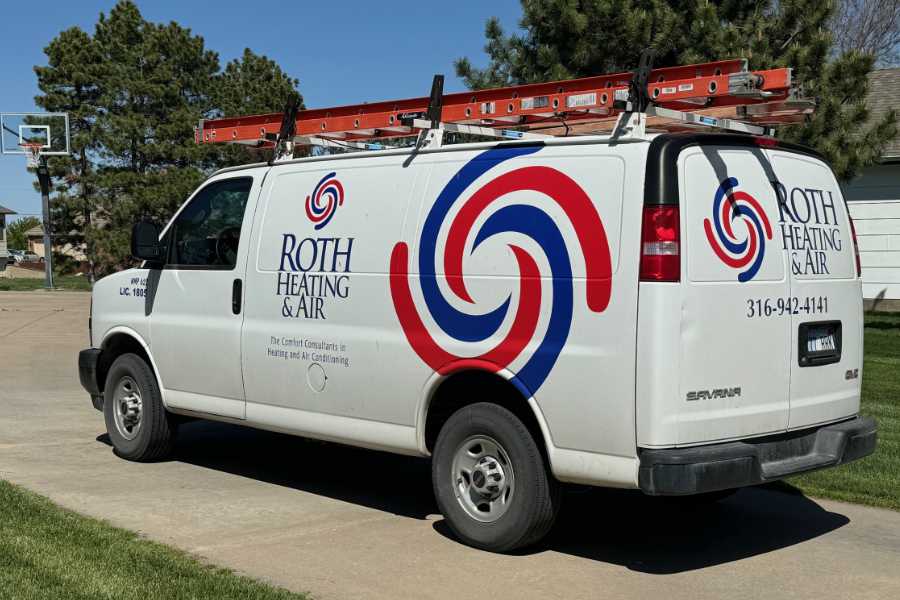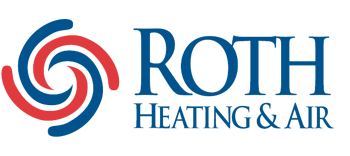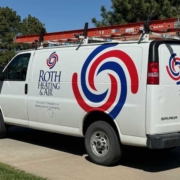
Getting to Know Your HVAC System
As a new homeowner, it’s important to understand the components of your HVAC system. Start by identifying your thermostat, which controls the temperature settings. Locate your air filters, usually found in the return air duct or furnace compartment. These need regular changes to maintain air quality and system efficiency. Check your ductwork for any visible signs of wear or damage, as leaks can reduce system performance. Your outdoor unit, whether a heat pump or air conditioner, also requires periodic inspection to ensure it’s free from debris like leaves and dirt. Familiarizing yourself with these parts will make it easier to perform routine upkeep and recognize potential issues.
Routine Upkeep
Routine upkeep includes several simple yet effective tasks to keep your HVAC system running smoothly. Regularly inspect and clean your outdoor unit, removing any debris like leaves, grass clippings, plant overgrowth and dirt that can block airflow. Ensure the area around the unit is clear of any obstructions. Another important task is to keep an eye on your thermostat settings. Make sure they are appropriate for the season and your daily routines, which helps the system operate more efficiently.
Inspecting and cleaning your air ducts and grills can also improve your system’s performance. Dust and debris can accumulate in ducts and grills over time, restricting airflow and forcing your HVAC system to work harder. You can use a vacuum cleaner with a long hose attachment to remove some of the dust, but professional cleaning is recommended for a thorough job.
Additionally, monitor your system for any signs of wear or unusual operation, such as strange noises, like squeak, vibrations, oil canning of duct work, or inconsistent heating or cooling. These could be early indicators of a larger issue. Addressing these minor concerns promptly can prevent more significant problems down the road. By following these steps, you can help ensure your HVAC system remains in optimal condition year-round.
Tips for Maximizing Energy Efficiency
Use ceiling fans to circulate warm air during winter months. Fans help distribute heated air more evenly, reducing the load on your HVAC system. Ensure your attic and walls are adequately insulated to retain heat. Check for gaps around windows and doors, and seal them to avoid heatloss. Insulated curtains can also help keep warmth inside during the cold season. Additionally, maintaining clean air filters is vital for efficiency; clogged filters force your system and blower motor to work harder. Opt for energy-efficient appliances and light bulbs, which produce less heat and reduce the burden on your HVAC system. Regular professional inspections can identify issues that affect energy use.
Getting Ready for Winters in Kansas
Winters in Kansas require some specific preparations to ensure your HVAC system functions efficiently. Start by checking the insulation around your home, including the attic and walls, to retain heat better. Also, seal any gaps around windows and doors to prevent cold air from entering. It’s a good idea to switch to insulated curtains for added warmth. Regularly inspect and clean your outdoor unit to keep it free from snow and ice buildup. Additionally, keep gutters clean to prevent overflow on to heat pump. This can help maintain optimal airflow and efficiency. Additionally, program your thermostat to lower the temperature when you’re not home and increase it just before you return, which can save energy and reduce strain on your system. Finally, make sure your furnace and heat pump are in top condition by scheduling a professional maintenance check before the winter season begins. This can help identify and fix any issues that might otherwise leave you in the cold. Keep the bottom of the heat pump clean of debris for proper drainage during defrost cycle to prevent ice buildup from damaging your outdoor coil.
Handling Typical Issues
It’s essential to recognize common HVAC problems early to avoid major repairs. Strange noises like banging, squealing, or rattling usually indicate an issue with components such as the blower or motor. Ignoring these sounds can lead to more severe damage over time. Leaks around your HVAC unit often signal a refrigerant problem, which can reduce efficiency and cooling capacity. Another common issue is inconsistent temperatures, which might result from thermostat malfunctions or ductwork leaks.
If your HVAC system is frequently cycling on and off, it could indicate a problem with the thermostat settings, a clogged filter, or even an oversized unit. Pay attention to unusual smells, like musty odors, which could suggest mold growth in the ducts or the presence of stagnant water. Dust accumulation around the vents will also affect air quality and system performance.
Regularly monitor your energy bills; a sudden spike often signals that your HVAC system is working harder than necessary, possibly due to an underlying issue. Address these problems as soon as they arise to prevent further complications. If you’re unsure about the cause of a problem, it’s best to call a professional technician to diagnose and fix it. Early intervention can save you from more extensive and expensive repairs in the future. Understanding these typical issues can help you maintain a comfortable and efficient home environment.
Impact of Local Weather Conditions
Wichita’s climate varies significantly throughout the year, which means your HVAC system needs to be adaptable. Extreme weather conditions, like heat waves in summer and cold snaps in winter, can strain your system if it’s not well-maintained. Ensure your system is appropriately sized for your home; an oversized or undersized unit can lead to inefficiency and higher energy costs.
During particularly cold spells, consider using a programmable thermostat to maintain a consistent temperature, which can prevent your system from working overtime. Humidity levels also fluctuate, impacting indoor air quality and comfort. A whole-home humidifier can help maintain balanced humidity levels during the dry winter months because humid air holds heat than dry air.
Additionally, keep an eye on local weather forecasts. If severe weather is predicted, preemptively check your HVAC system for any issues. This can include clearing debris from your outdoor unit before a snowstorm or ensuring your filters are clean before a hot summer day.
Regular professional inspections are crucial for identifying weather-related wear and tear that might not be immediately obvious. Technicians can check for any signs of damage or inefficiency that could be exacerbated by extreme weather conditions. By proactively managing your HVAC system with local weather patterns in mind, you can ensure it remains reliable and efficient year-round.


 Roth Heating & Air
Roth Heating & Air Roth Heating & Air
Roth Heating & Air
 Roth Heating & Air
Roth Heating & Air
 Roth Heating & Air
Roth Heating & Air
Follow Us!